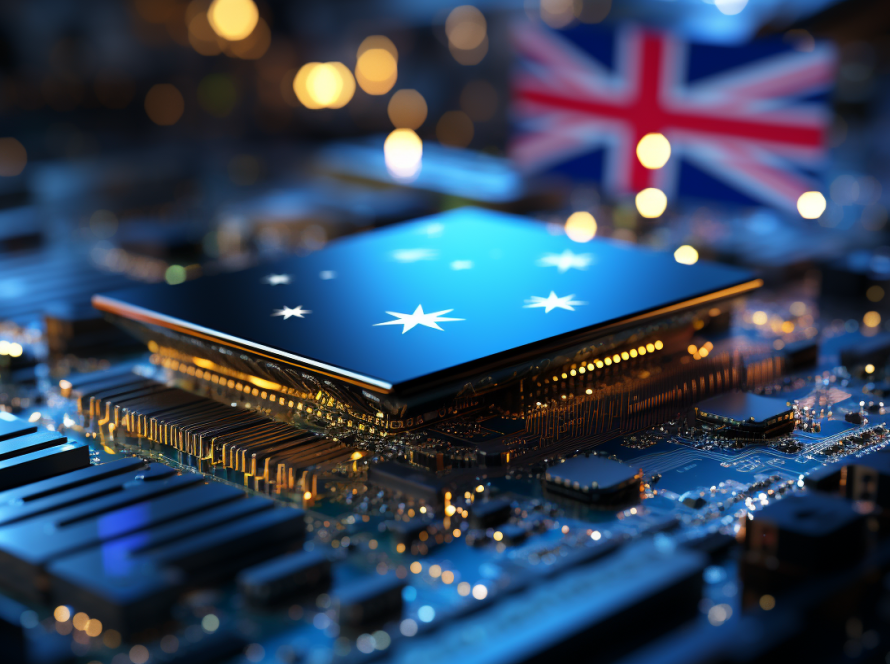In the world of automotive assembly, precision is paramount. Yet, as David Kleiner, head of Toyota Motor North America’s Applied Technology Research Lab, notes, certain tasks demand an element of finesse, a touch of artistry. Take, for instance, fitting a door edge guard—an act that requires just the right amount of force to avoid damage. Recently, a worker in a New Jersey Toyota Logistics Center faced this challenge. They donned a HoloLens 2, Microsoft’s mixed reality headset, and connected with a colleague in California, allowing them to view the task from the opposite coast.
This ingenious solution, leveraging HoloLens 2’s capabilities, perfectly aligns with kaizen, Toyota’s principle of continuous improvement. Kleiner emphasizes how the device accelerates training and problem-solving, essential metrics for Toyota’s relentless pursuit of speed in product development.
Microsoft’s latest wave of updates combines key Dynamics 365 Mixed Reality Apps with integrations of Microsoft Teams and OneDrive. This expansion empowers frontline workers with cloud-powered productivity tools in an immersive, 3D experience, regardless of location. Alysa Taylor, Microsoft corporate vice president for Azure and Industry, underscores this evolution as delivering “Windows in mixed reality.”
Toyota’s adoption of HoloLens 2 is a testament to its transformative potential. Workers across six U.S. Toyota Logistics Centers now benefit from hands-free training, guidance, and collaboration. Kleiner reveals plans for further expansion into Canada and Mexico, underlining how the device aligns seamlessly with Toyota’s drive for efficiency.
Toyota’s innovative application of HoloLens 2 goes beyond training—it’s about enhancing productivity and problem-solving. The anecdote of a worker fine-tuning the door edge guard process and sharing that expertise through holographic instructions exemplifies this paradigm shift. Now, every Toyota worker can access this invaluable wisdom.
The marriage of HoloLens 2 with Toyota’s operations highlights Microsoft’s dedication to industrial metaverse solutions. This emerging realm blends human and AI efforts, fundamentally altering how we design, build, and optimize physical systems. With Azure, Dynamics 365, and mixed reality, customers can simulate and refine processes before they become reality.
Frontline workers, often underserved by technology, find a powerful ally in HoloLens 2. Toyota’s Kleiner envisions it as a versatile screen for these workers, offering digital tools without the constraints of a desk. The impact on training efficiency is substantial, with pilots yielding impressive results in terms of reduced defects and training times.
Customer feedback has been the compass guiding HoloLens 2’s development. Microsoft’s Scott Evans emphasizes the leaps forward in how people work, driven by this heads-up, hands-free technology. Toyota’s influence on the platform is evident in the seamless transition from lab to enterprise, with IT departments readily adopting it as a standard device.
In the quest for meaningful updates, Microsoft is dedicated to advancing core hardware technologies. Display, tracking, sensors, and battery life—all aspects are under scrutiny to ensure any successor device brings a significant return on investment for businesses. Toyota’s Kleiner sees Guides as a cornerstone mixed reality app, a tool that empowers workers and promotes collaboration across ranks.
As HoloLens 2 evolves, Toyota anticipates a future where it becomes as ubiquitous as everyday software. With every worker equipped, Toyota envisions a workforce where everyone’s voice is heard. It’s a testament to how innovation, guided by real-world applications and feedback, is driving the future of work.


